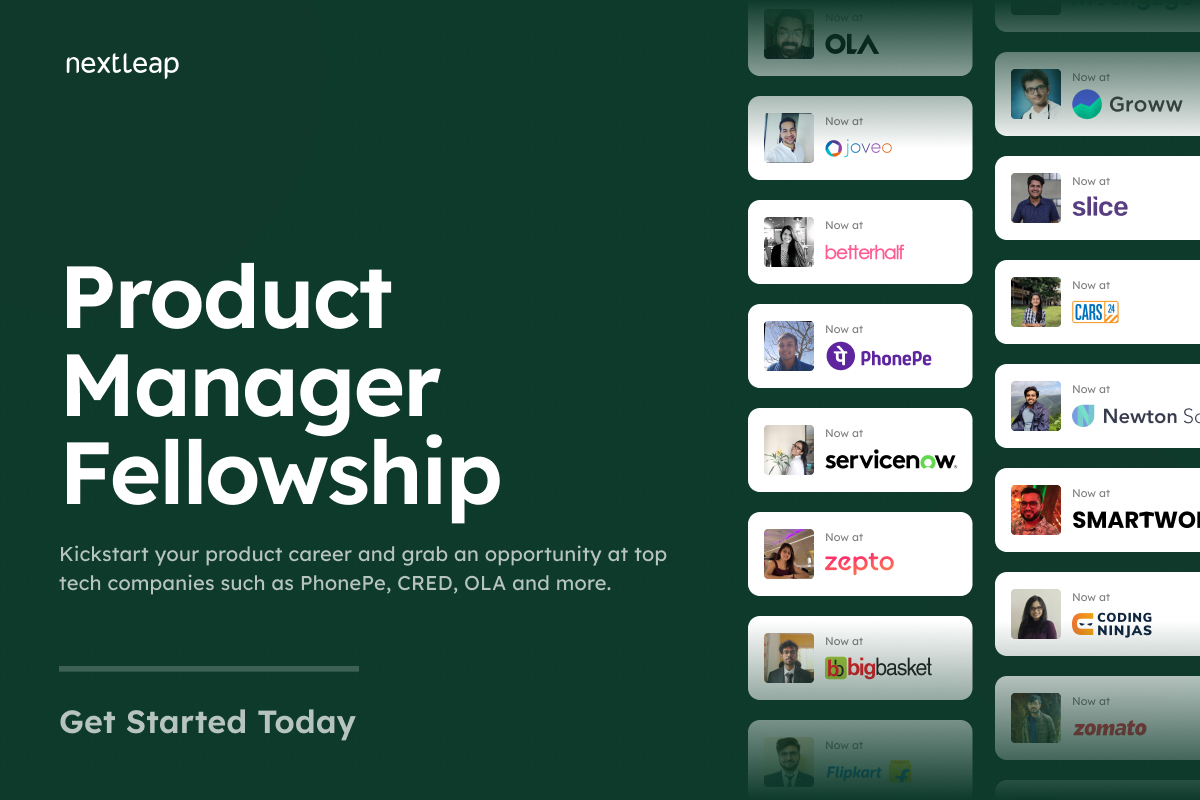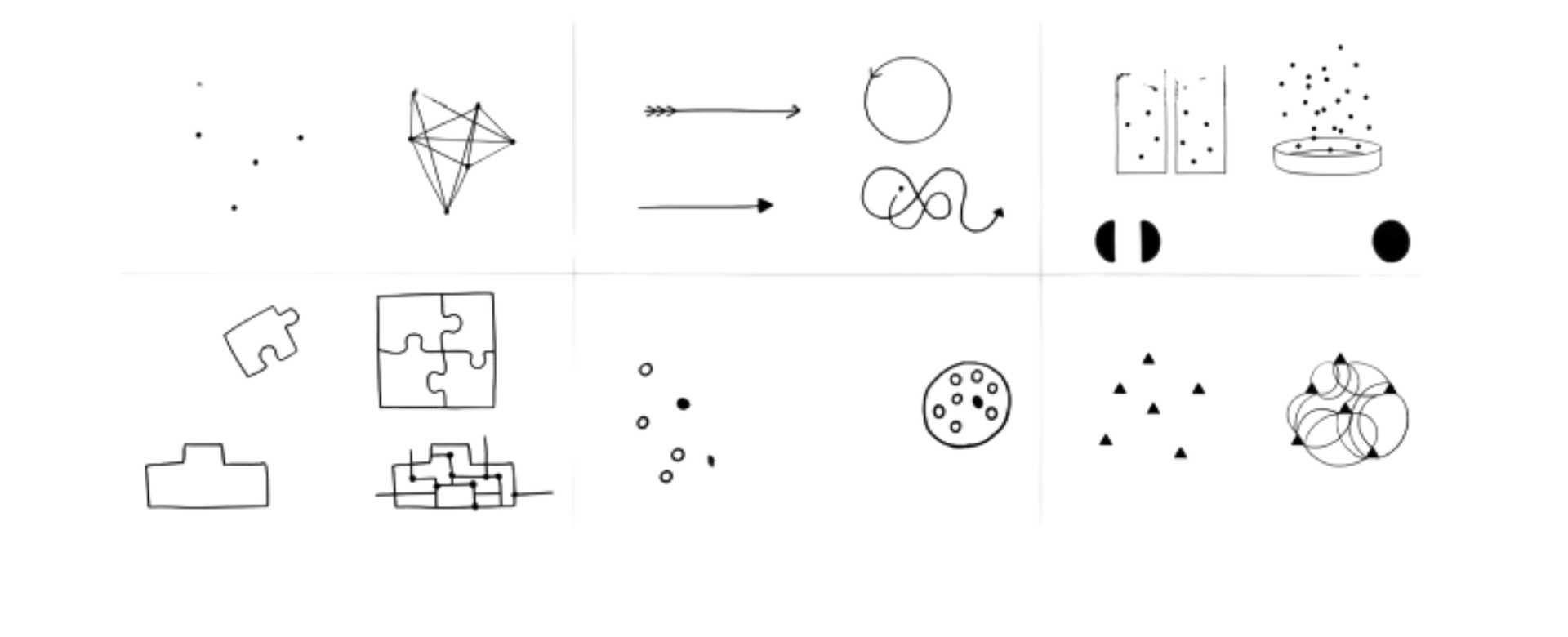How to Conduct User Research for Better Product Design?

User research is an important part of product design. By understanding the customer's needs and desires, it helps organizations make better decisions about their products, and create products that meet customer expectations. This article will explain how to conduct user research, what to include in the research process, and how to integrate the results into the product design process.
Why User Research is Critical
In order to make successful products, companies need to understand their users and their needs. User research helps organizations understand their customer base, the features they are looking for in a product, and how they interact with the product. This information can then be used to design a product that meets customer needs and is successful in the market.
User research also helps organizations understand how customers use their products, allowing them to make improvements that maximize customer satisfaction. This can be done through surveys, interviews, or other methods to gain insights into how customers use products, what features they like or don’t like, and what types of products are successful.
In addition, user research can help organizations identify potential new markets and customer segments. By understanding customer needs and preferences, organizations can develop products that meet the needs of new customer segments and expand their customer base. This can help organizations increase their revenue and grow their business.

Become a Product Manager
Learn from top industry experts, get access to 1 year placement support and transition into product management at India's top tech companies.
What to Include in User Research
When conducting user research, it's important to include both quantitative and qualitative data. Quantitative data includes metrics such as usage frequency, time spent on a feature, or conversion rate. Qualitative data includes user feedback such as surveys, interviews, or focus groups. Gathering both types of data allows organizations to get a more complete picture of their user base.
When conducting user research, it's also important to include demographic information about the user base. This can include age, gender, geographic location, education level, or other characteristics that may be relevant to understanding user behavior. This information can help organizations tailor their products to specific user segments.
In addition to demographic information, it's important to consider user preferences and motivations when conducting user research. This can include understanding why users are using a product, what features they find most valuable, and what features they would like to see added. Gathering this type of information can help organizations create a product that meets the needs of their users.
Methods for Conducting User Research
There are several different methods for conducting user research. Surveys are an effective way to gather feedback from users; they can be conducted online, by phone, or in person. Interviews allow organizations to ask in-depth questions and get detailed answers from users. Focus groups are another option; they involve bringing together a group of people to talk about a product and provide feedback.
Organizations can also observe users as they interact with a product. This is known as usability testing, and it allows organizations to get insights into how users use a product and what features they find useful. Usability testing can be conducted in person or remotely using software such as Lookback or Chalkmark.
In addition to these methods, organizations can also use analytics tools to track user behavior and gain insights into how users interact with a product. Analytics tools can provide valuable data about user engagement, usage patterns, and more. This data can be used to inform product decisions and improve the user experience.
How to Analyze User Research Results
Once an organization has collected user research data, it needs to be analyzed in order to extract meaningful insights. This can be done manually by going through surveys and interviews and capturing key points, or it can be done automatically using software such as Nvivo or NVivo Plus.
Once the data has been analyzed, the insights should be documented and shared with the product team. This allows the team to understand customer needs and design a product that meets them. It also allows the team to identify areas in need of improvement or features that should be added.
The insights from user research can also be used to inform marketing and sales strategies. By understanding customer needs and preferences, organizations can create targeted campaigns that are more likely to be successful. Additionally, user research can help organizations identify potential new markets and customer segments.
Integrating User Research into the Design Process
User research should be integrated into the product design process. It should be used to inform decisions about product features, user interfaces, and any other aspects of the product. The feedback from user research should be used to improve existing features and create new ones that meet customer needs.
User research should also be used to evaluate existing products and identify areas for improvement. This allows organizations to make changes that will improve customer satisfaction and increase product success.
By conducting user research and integrating it into the product design process, organizations can create better products that meet customer needs and are successful in the market.
User research should be conducted regularly throughout the product design process. This will ensure that customer feedback is taken into account and that the product is continually improved. Additionally, user research should be used to test prototypes and evaluate the usability of the product. This will help to ensure that the product is easy to use and meets customer needs.

Become a Product Manager
Learn from top industry experts, get access to 1 year placement support and transition into product management at India's top tech companies.



